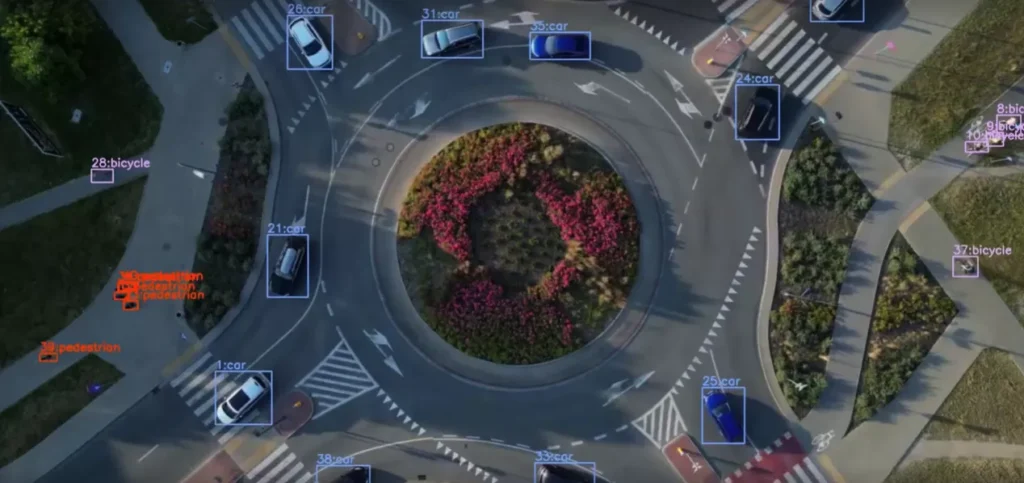
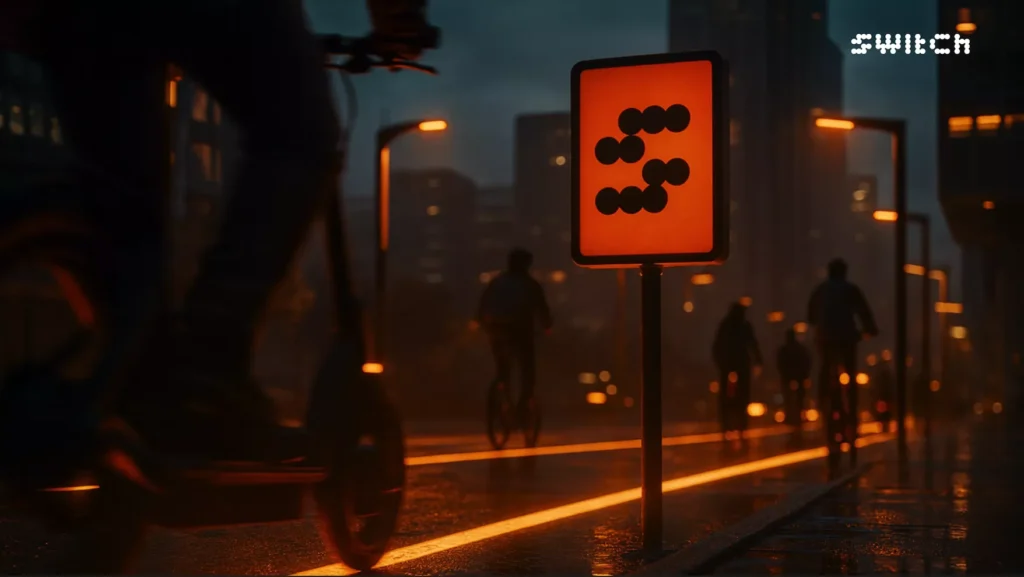

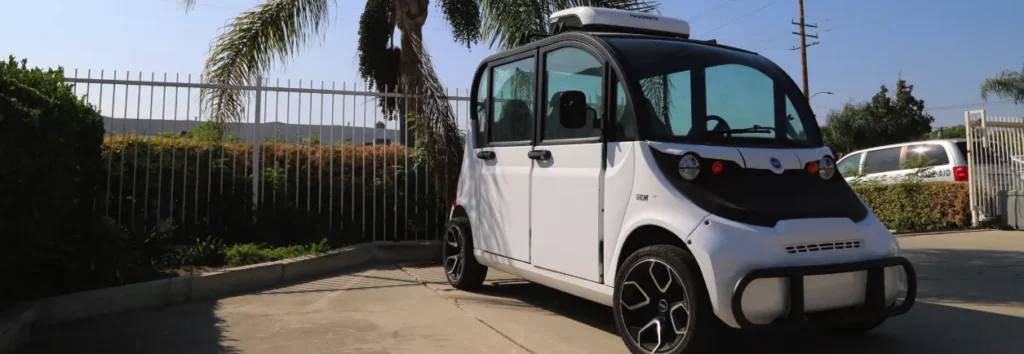
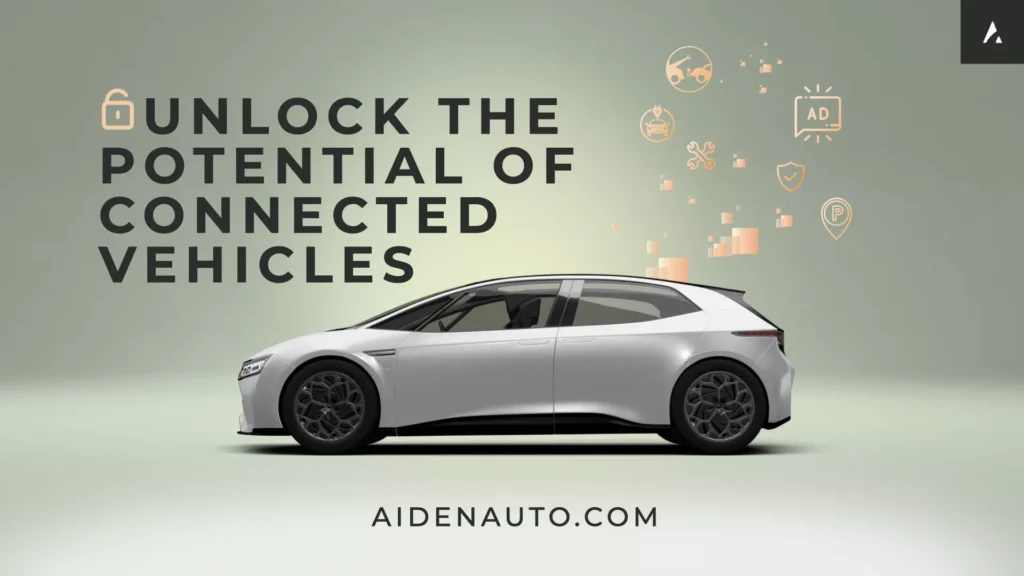





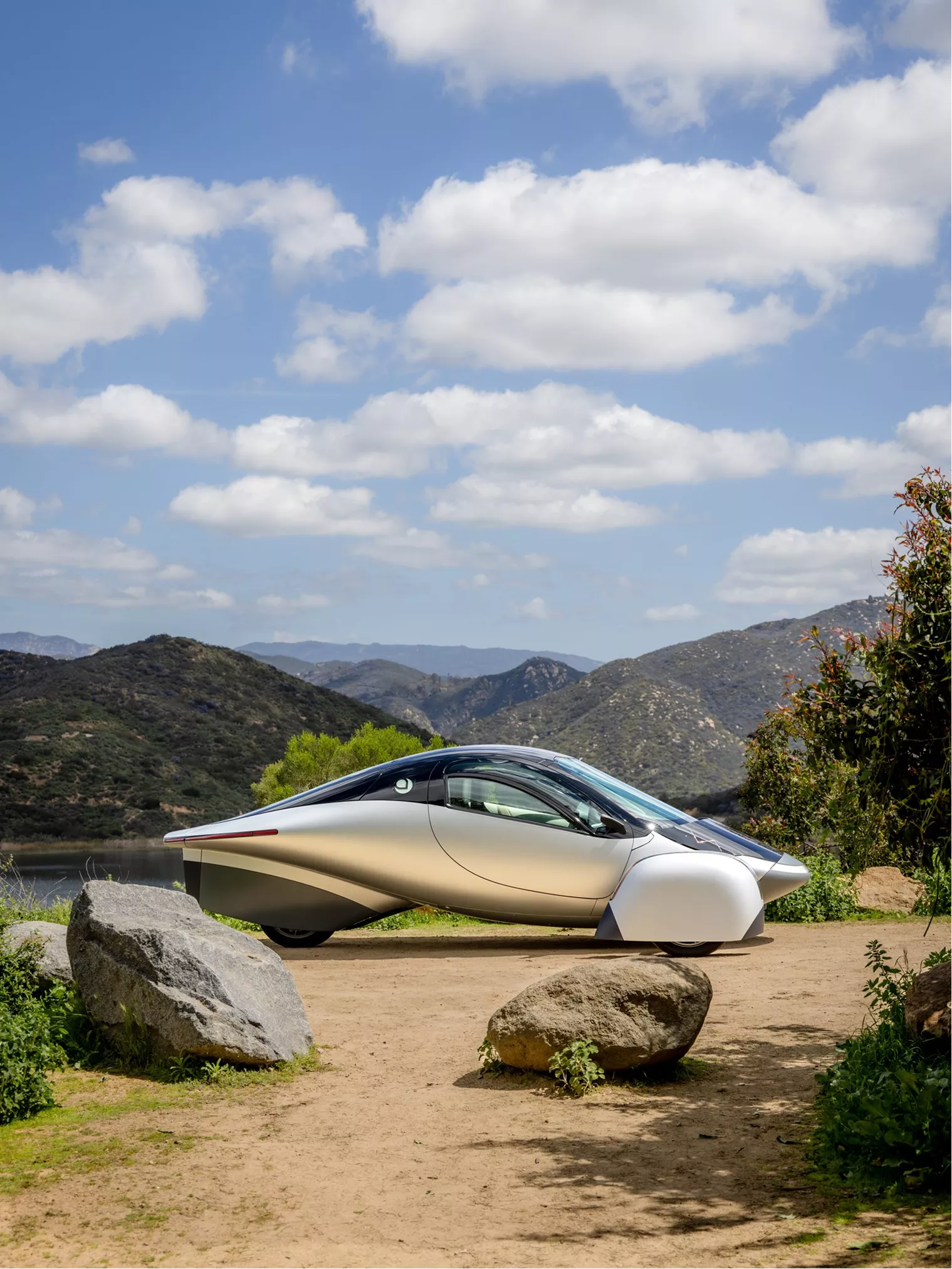
From EVs and batteries to autonomous vehicles and urban transport, we cover what actually matters. Delivered to your inbox weekly.
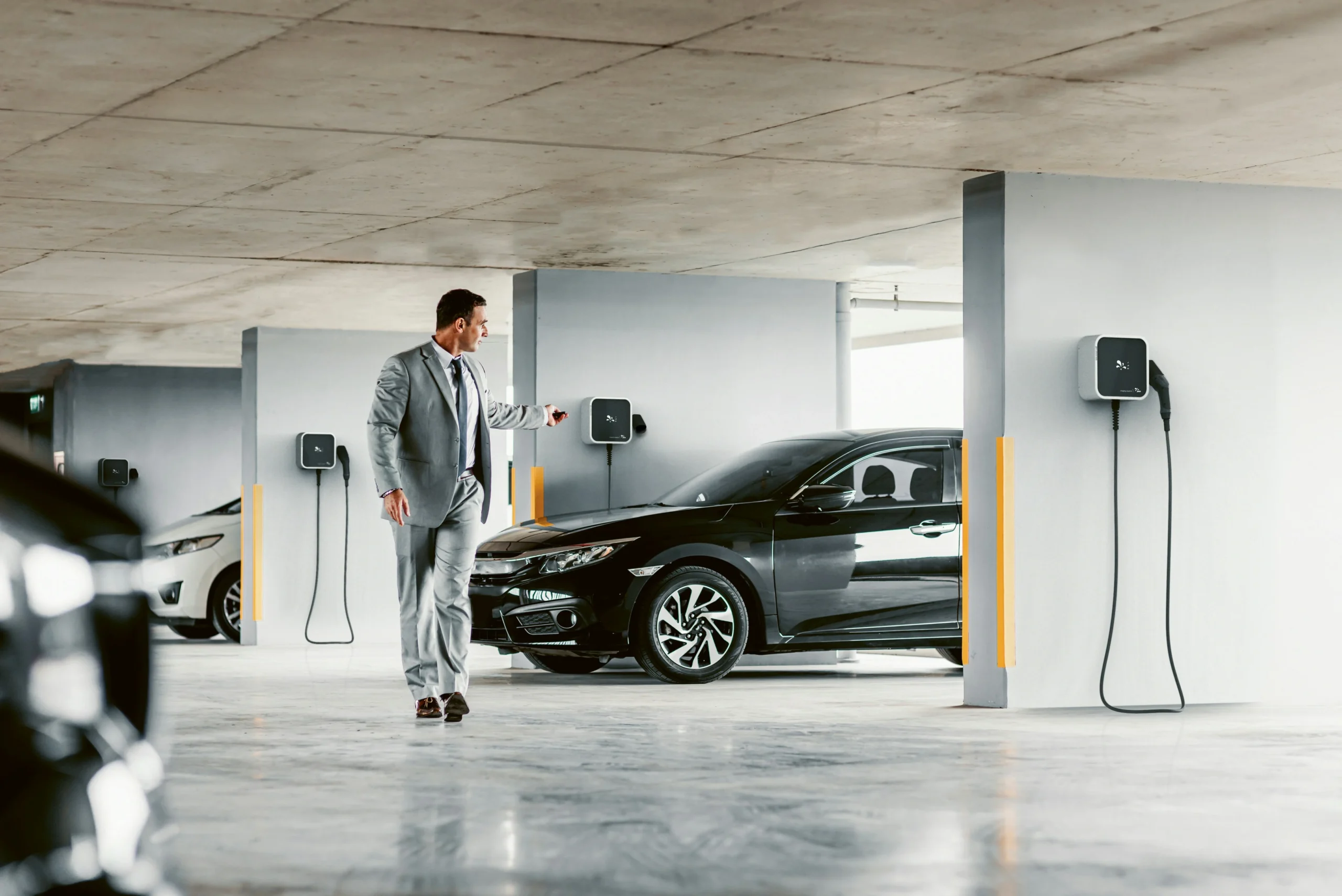
For years, charging was about coverage. Now, it’s about leverage.
Governments are tightening their grip (NEVI in the U.S., ultra-dense rollout in China). OEMs like VW and XPeng are forming cross-brand coalitions. And startups are solving for grid gaps with modular tech.
So, here’s the new race.
Be the brand drivers that plug into wherever they go.
What if your EV didn’t just move you, but made you move?
Meet TWIKE, the radically efficient, human-electric hybrid vehicle from Germany. With room for two and a top speed of 190 km/h, it blends pedal-powered input with electric drive, giving you up to 500 km of range on just 15 kWh.
TWIKE’s aerospace-inspired design makes it one of the lightest EVs in the world. And its minimalist cockpit ditches complexity in favor of control, simplicity, and… a little cardio.
⚡ Less weight.
💨 Less energy.
🚴♂️ More movement.
TWIKE is redefining what personal mobility could look like.
For years, EV charging was stuck in the infrastructure chicken-and-egg:
Plug anxiety ruled and charger reliability was anyone’s guess.
In 2025, the shift is undeniable. Charging is now a product, a platform, and a power move.
Charging is no longer a support system. It’s a competitive moat.
The next phase of EV charging will be about experience and ownership:
It seems the new market clashes are happening around who owns the socket, and the experience around it.
We have some catching up to do.
🇬🇧 UK Puts £63M Into Smarter Home + Public Charging
The UK just dropped £63M to expand EV charging, including £25M for cross-pavement tech that helps drivers without a driveway charge at home (at just 2p/mile). Public chargepoints have now passed 82,000, with 100,000 more in the pipeline. (GOV.UK)
🔌 Tesla Opens Superchargers to Lucid, Honda & Acura
Lucid drivers can now access Tesla’s 12,000+ Superchargers, though they’ll need a $220 adapter and be capped at 50 kW. Honda and Acura joined earlier in July. Meanwhile, Tesla’s network grew 14% in sites and 17% in connectors over the past year. (Teslarati / Engadget)
🇺🇸 NEVI Funding Freeze Slows U.S. Rollout
Trump’s Executive Order 14154 froze billions in federal EV charging funds. As of July, just 57 NEVI-funded stations were live across 15 states. A judge unfroze $1B in June, but the program’s future is still on shaky ground. (NPR)
🇨🇳 China Plans 100,000 Ultra-Fast Public Chargers by 2027
China is going all-in on 800V-ready charging. The NDRC will deploy 100,000+ ultra-fast public chargers across high-traffic highways — all open-access, with smart load balancing and renewable energy integration. (Electrek)
🇪🇺 Spark Alliance Creates Europe’s Largest Charging Network
IONITY, Atlante, Electra, and Fastned teamed up to launch the Spark Alliance, linking 11,000+ chargepoints at 1,700 stations in 25 countries. Stations are now visible across all member apps, with full roaming and payments coming soon. IONITY also secured a record €600M to expand even further. (Reuters)
🇰🇷 South Korea Boosts Charging Budget 43%
South Korea is spending ₩618.7B ($448M) on EV charging this year, up 43% from 2024. That includes ₩375.7B for fast chargers and ₩243B for smart slow-chargers. The country’s biggest fast-charging hub opened in Goyang in April, with 46 stalls and up to 200 kW. (Korea.net / Trade.gov)
🇦🇺 Australia Now Has a State-Wide Charging Network
South Australia just finished building a border-to-border EV charging network: 550+ plugs across 144 hubs, 98% of them within 200 km of each other. Built with $12.35M in state funds, it’s already delivered over 100,000 charging sessions. Plus, a new federal EV charger mapping tool is helping providers pick smarter sites. (Zecar / AFMA)
Charging used to be an afterthought. Build the cars, toss in some plugs, and hope the network catches up.
That era’s over.
Today, charging is a front-line decision, shaping alliances, user behavior, and long-term margins.
🚫 Reality: Ownership, access, and control matter more.
In July, we saw a shift in how charging is being deployed and who gets to benefit:
🚫 Reality: Policy design and execution now shape the market.
Subsidies aren’t new. But in 2025, how they’re applied is making all the difference:
🚫 Reality: Drivers worry more about finding a charger than reaching one.
Most modern EVs already offer enough range for daily driving. What’s missing is trust in the charging experience:
Every charging interaction is a brand moment, a chance to earn trust, gather data, and lock in loyalty.
Some companies are still playing catch-up. Others are designing charging strategies like product roadmaps.
Only one group will shape the habits of the next 10 million EV drivers.
And they’ve already started.
This recent working paper cuts straight to a challenge that’s often overlooked: charging deserts reinforce inequality. It argues that unless EV infrastructure investments are designed with equity in mind, well-intentioned programs could unintentionally leave low-income, rural, and disadvantaged communities behind.
The paper highlights concrete strategies, such as targeted siting, inclusive pricing, and community partnerships, that can ensure charging deployment improves social outcomes and plug density.
Finished reading it? You’re better equipped to think through:
Range and speed still matter, but they’re not what breaks the experience.
What drivers really care about:
That’s where the real brand trust gets built.
Automakers and charging networks that solve for availability, reliability, and simplicity will earn something more valuable than range bragging rights: repeat users.
And the ones that don’t? They’ll keep losing drivers, no matter how fast their EVs charge in theory.
📬 Hit reply and tell us: Who’s building the best real-world charging experience you’ve seen?